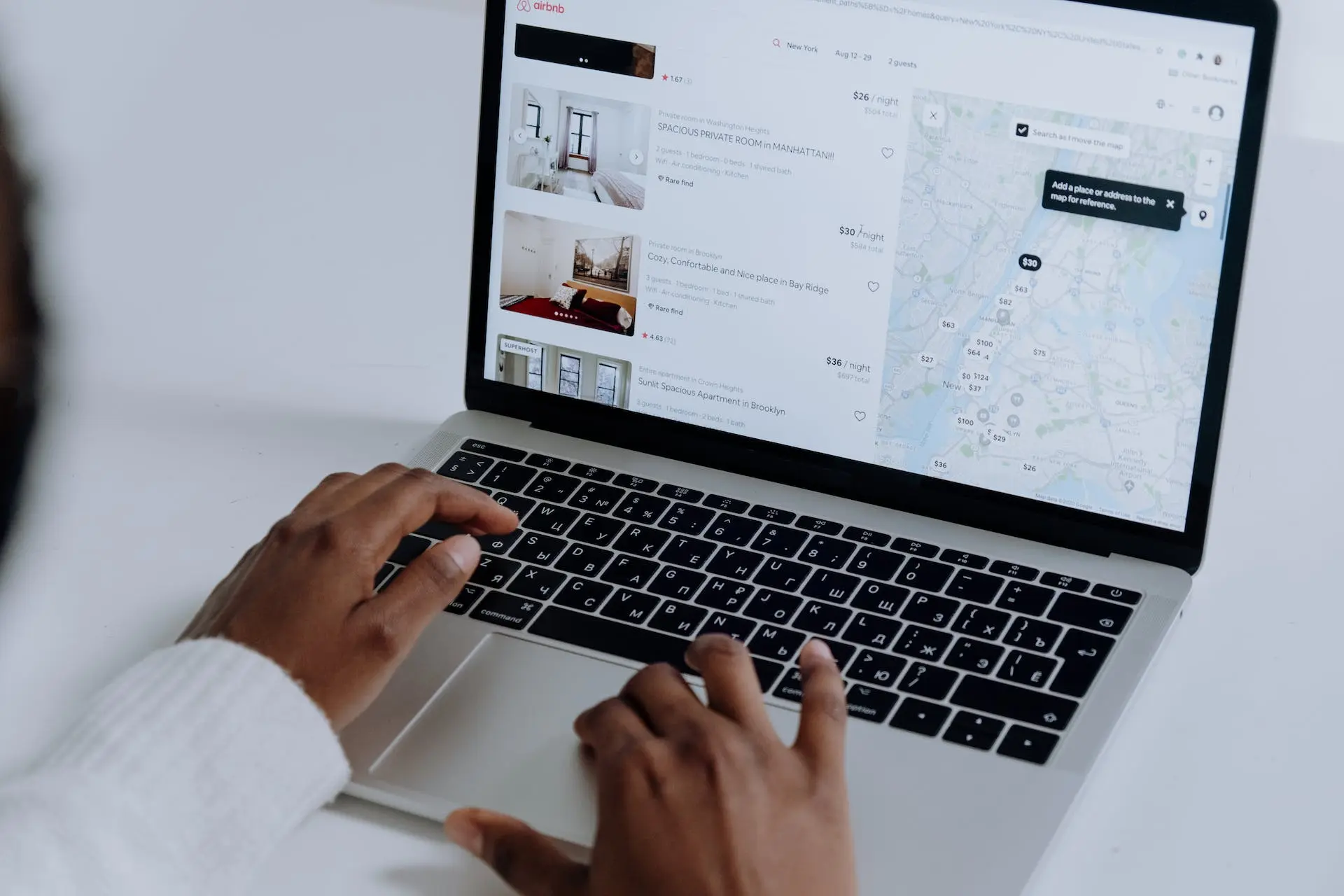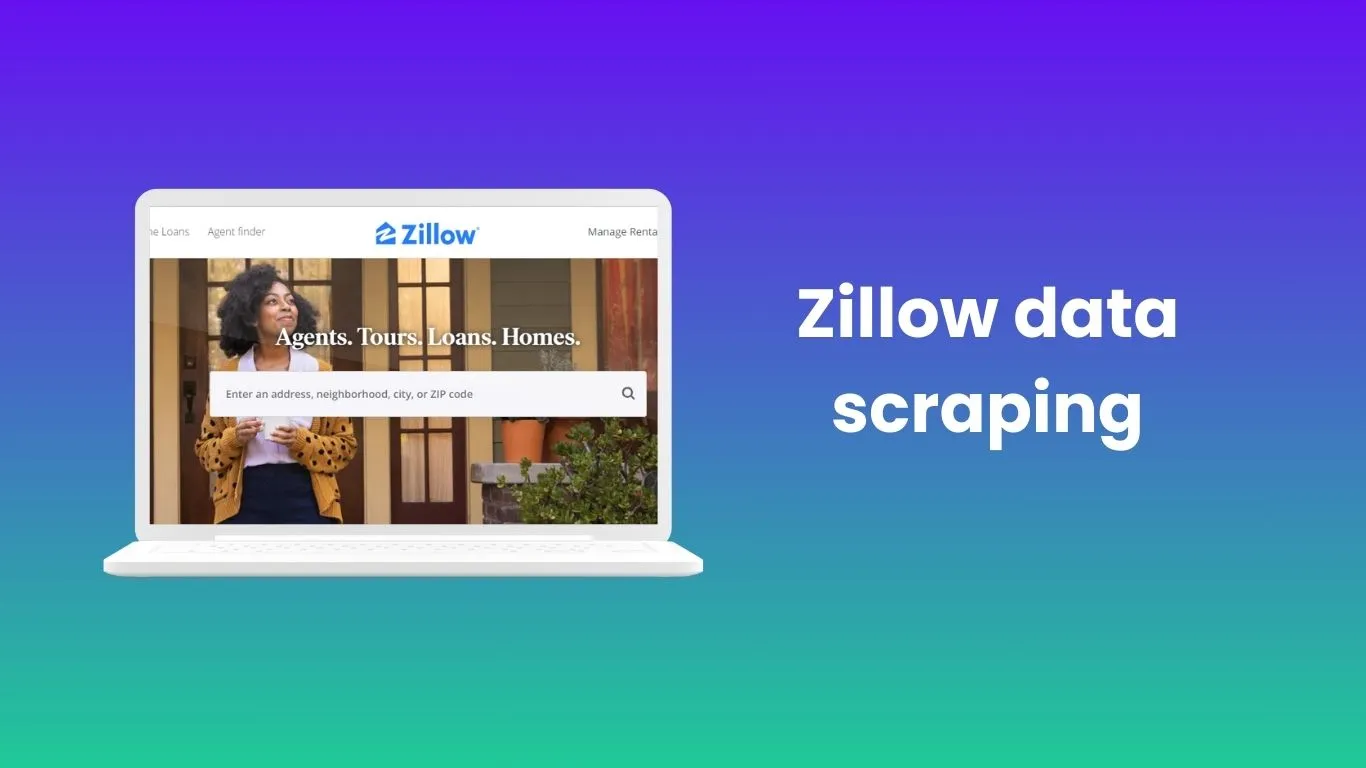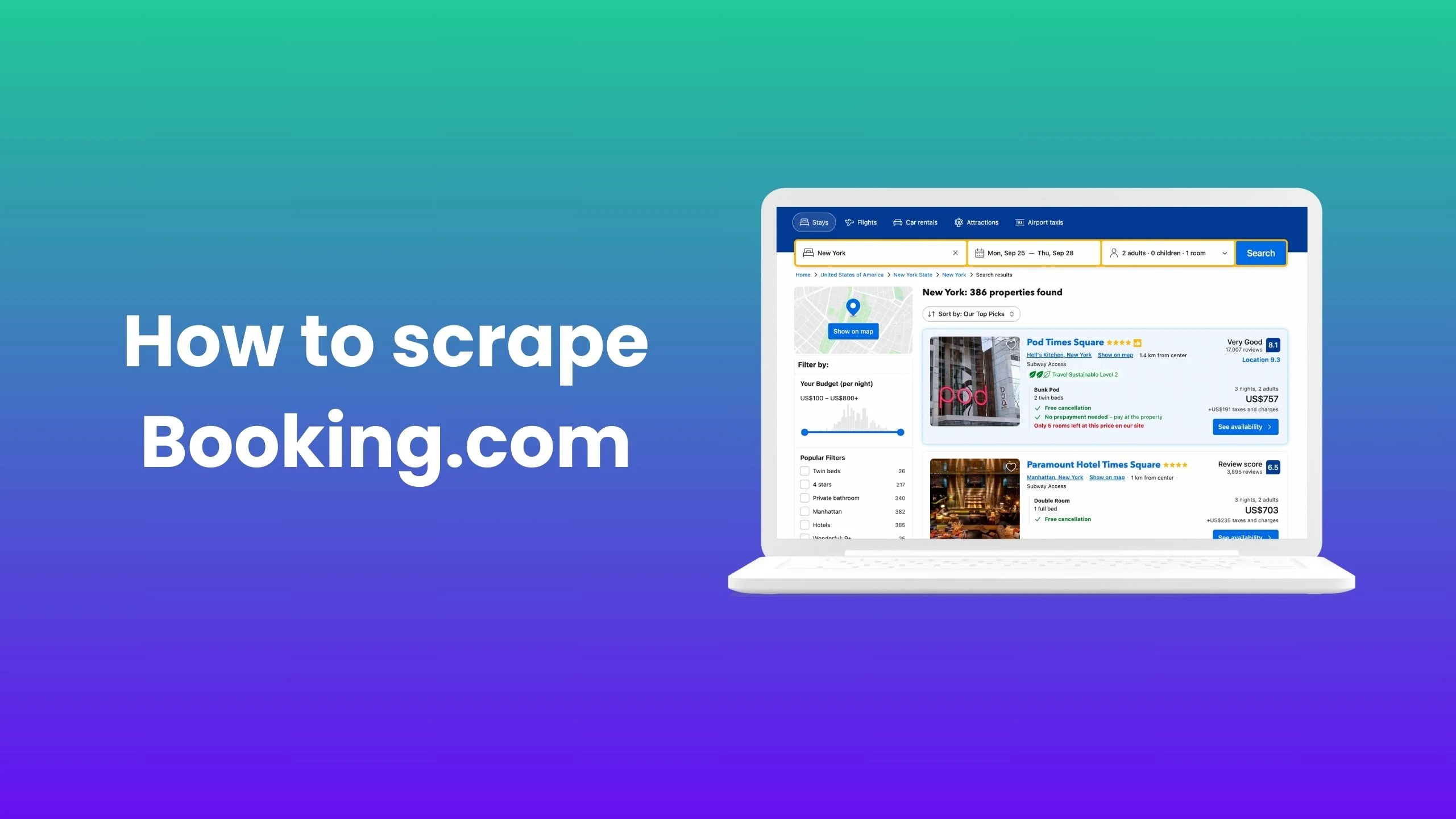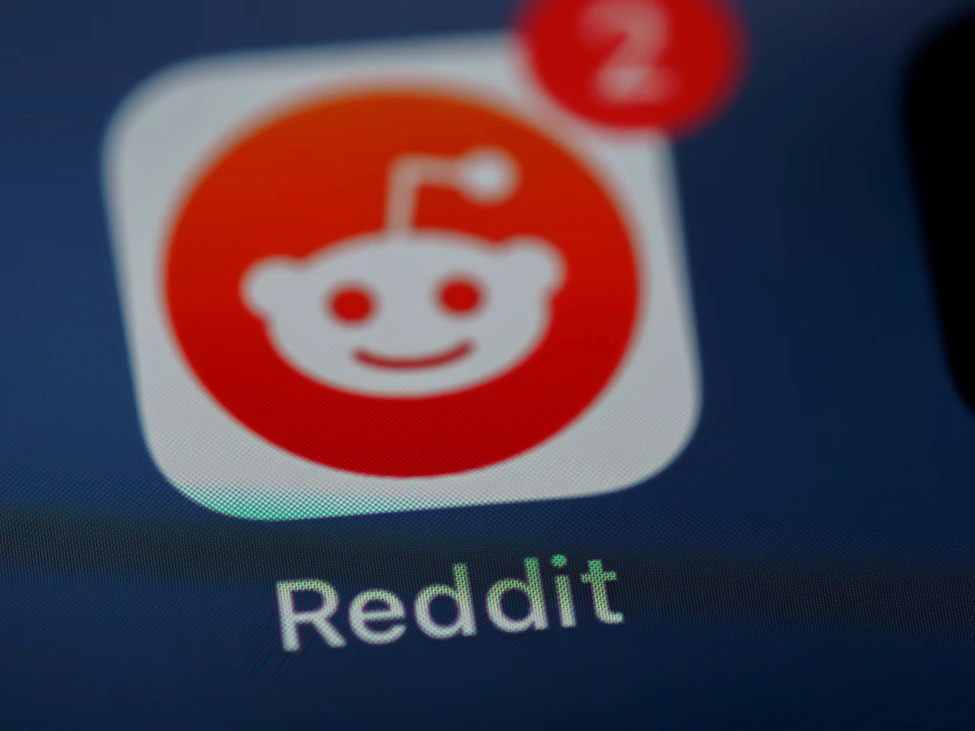Statista describes Airbnb as a prominent figure in the accommodation market. The numbers speak volumes.
As of the latest data, Airbnb boasts 200 million users, although this count has been static since 2020. Furthermore, individuals from all walks of life have opened their homes and spaces to travelers, contributing to 6.6 million listings worldwide. This colossal number translated to an impressive 393 million bookings just last year.
As a business, you may be considering using data resting on this platform. Airbnb data mining is a great way to automate the information collection process. By the end of this article, you’ll learn how to use this technique to revolutionize your strategic decisions.
How scraping data from Airbnb can be useful?
Data scraping from Airbnb holds immense potential across numerous industries.
- Travel & tourism. Tour operators may spot popular locations and amenities to design curated experiences. For tourism agencies, Airbnb data analysis will enable to fine-tune their travel packages.
- Real estate & property development. With data on the most lucrative Airbnb listings and their respective locations, real estate developers and investors can verify prime areas for property development or purchase.
- Retail & local businesses. Once local coffee shops, boutique stores, or any other businesses understand the density of Airbnb listings in a particular area, they can optimize their marketing and inventory.
- Hospitality. Traditional hotels and B&Bs can scrape Airbnb data to understand their competition better, and adjust their pricing, services, or amenities based on what’s trending or what guests are currently valuing.
- Banking & finance. Financial institutions can leverage data on high-performing Airbnb hosts, considering them for specialized loan products or investment opportunities.
- Interior design. Scrape Airbnb for house pictures to learn what interiors people love and are willing to stay at.
Is Airbnb data mining legal?
The intersection of data accessibility and legality is often a topic of significant interest. So, you may be wondering what is data mining legal status.
Since Airbnb’s listings and related data are displayed publicly, it’s permissible to scrape this information. Moreover, Airbnb possesses robust servers and advanced infrastructure. Therefore, employing an efficient tool like the Nannostomus engine for data parsing is unlikely to strain or slow down their resources.
However, the platform has explicitly stated that the use of robots, spiders, scrapers, or any automated means to scrape data from Airbnb is prohibited unless there’s express written consent from Airbnb. So, you should find a careful balance between technological possibilities and legal limitations.

The easiest way to scrape Airbnb data
Typically, you’ll be considering two main approaches: in-house scraping and outsourcing managed scraping services. Among these, the latter stands out as the most straightforward method for data acquisition.
In-house Airbnb scraping
When you opt for in-house scraping, you rely on your team’s technical prowess to:
- Develop and maintain web scraping scripts tailored to Airbnb’s structure.
- Ensure these scripts adapt to any changes in Airbnb’s website design or functionality.
- Regularly monitor and troubleshoot any Airbnb scrape challenges, such as CAPTCHAs or IP bans.
- Process and clean the acquired data for actionable insights.
Outsourcing Airbnb scraping services
Outsourcing scraping services simplifies the process substantially. Here’s what the journey typically looks like for a client at Nannostomus:
- Clearly communicate to our experts what specific data you’re after — listing details, user reviews, pricing trends, and more.
- Decide how often you need the data — daily, weekly, monthly, or only once.
- Nannostomus will handle all the technical details, from script maintenance to data cleaning. We’ll deliver the data directly to you in a structured and usable format, be it CSV, Excel, or integrated directly into your systems.
- We provide ongoing support. So, if there’s a change in your data needs or a hiccup in the data delivery, there’s always a team ready to assist.

The next step: analyzing Airbnb data
Whether you Airbnb scrape all listings or other data sets, the next step for you is to analyze the information you’ve collected. Effective data analysis will convert raw numbers and text into actionable insights you’ll then use for informed business decisions.
1.Data preparation
Before any meaningful analysis, ensure the data is clean, consistent, and structured. This process is known as data preparation. It usually involves:
- Checking source credibility. Before you even begin preparing data, you need to ensure you’ve collected it from relevant and trustworthy sources.
- Data cleansing. Identify and address blank or null data entries through statistical methods, forward-fill, backward-fill, or simply remove the entries. Spot data points that significantly deviate from the rest and eliminate ’noise’ or random fluctuations.
- Data transformation. Adjust values measured on different scales to a common scale. Or convert categorical data (like “yes” or “no” responses) into a numerical format for easier processing by analytical algorithms.
- Data integration. When working with multiple data sources, merge them into a consistent dataset. You may consider joining tables, aligning columns, and ensuring consistent units of measurement.
- Data reduction. Simplify large datasets to improve efficiency without losing critical information. Dimensionality reduction, binning, histograms, clustering, and other techniques will be of great help.
2.Analysis
You start every data study with exploratory data analysis (EDA). At this stage, you “get to know” the data. You get an idea about the dataset’s basic structure, characteristics, and patterns. For Airbnb, this could mean understanding the average price of listings, the typical number of reviews, or the range of property sizes.
🔎 Learn more about what is EDA and how it works in our article.
Depending on your goals, you may be then conducting:
- Feature engineering. You create new variables or “features” that better represent the information or relationships in the dataset. For instance, you may derive a ‘profitability index’ based on property price, location, and reviews.
- Modeling & prediction. If you want to make forecasts, you may use statistical models or machine learning algorithms. For instance, you can scrape price from Airbnb to predict the future cost of listings in a particular region or gauge the potential success of a new property listing.
3.Visualization
Data, in its raw or even processed form, can be challenging to grasp. Visualization will graphically represent the data and facilitate its perception.
Depending on the nature of the insight, you may use the following visualization types:
- Bar charts for categorical data comparison (to compare average Airbnb prices across different cities).
- Line graphs to depict trends over time (the rise in Airbnb bookings during holiday seasons).
- Heatmaps to showcase concentration or density ( display areas with the highest number of Airbnb listings).
- Pie charts for proportion representation (the distribution of property types on Airbnb).

4.Strategic implementation
Data analysis remains theoretical until actualized. Strategic implementation focuses on converting these theoretical insights into real-world actions.
However, insights often lead to multiple potential actions. So, prioritization will help you decide which actions promise the most significant impact or align best with current resources and capabilities.
Also, bringing the strategies to life based on data will probably require the collaboration of multiple departments. Ensure stakeholders understand the insights and the reasons behind proposed actions. Conduct regular communication, workshops, and collaborative planning sessions to foster this alignment.
Mind allocating necessary resources — be it funds, manpower, or technology. For instance, if a hospitality business decides to target Airbnb users, they might allocate more marketing budget.
5.Monitoring & iteration
Once you are done with deploying strategies, you should continuously monitor KPIs. Based on these performance metrics, you may want to make some adjustments.
This cycle of implementation, monitoring, and refinement ensures your strategies remain effective in a changing environment.
The final word
The Airbnb platform, with millions of listings, users, and transactions, creates a rich tapestry of insights. However, merely accessing this data isn’t the end goal. You should take action to understand, interpret, and strategically apply it to yield true results.
Nannostomus, a data scraping partner, has the expertise to turn raw data into actionable business insights. Whether you’re a business owner eyeing the competitive landscape, a manager seeking optimization avenues, or an investor anticipating market shifts, we are here to equip you with the data you need to thrive. Contact us to learn how we can empower your business with insights driven from Airbnb data.




